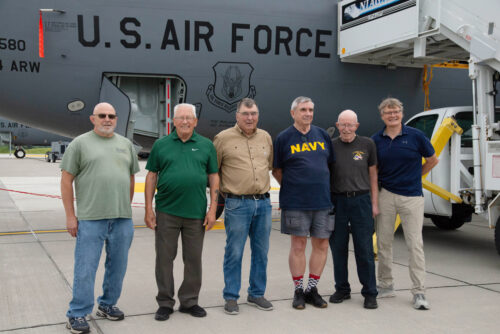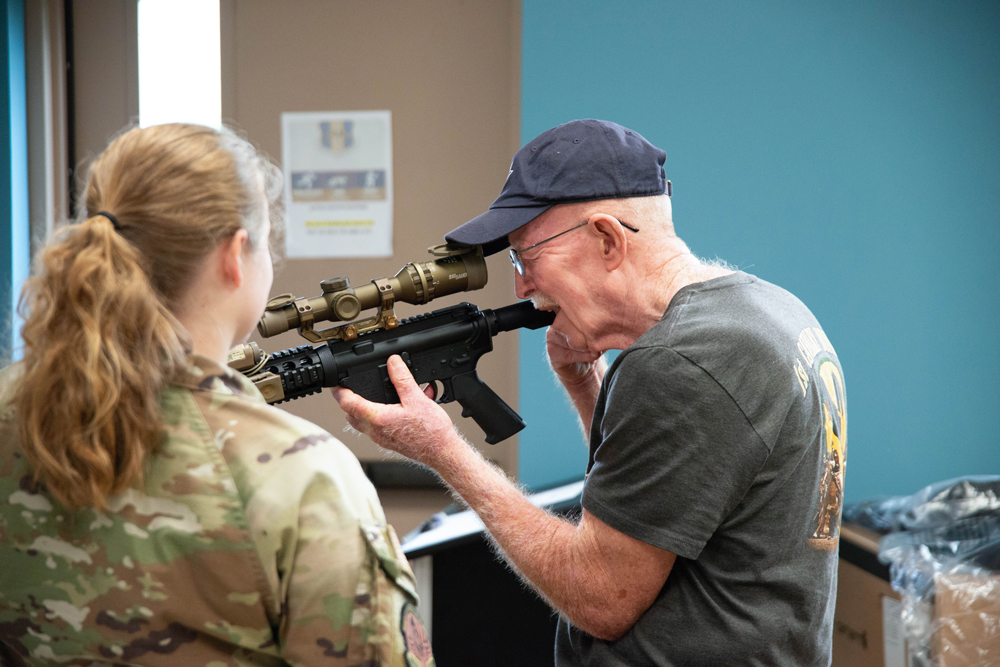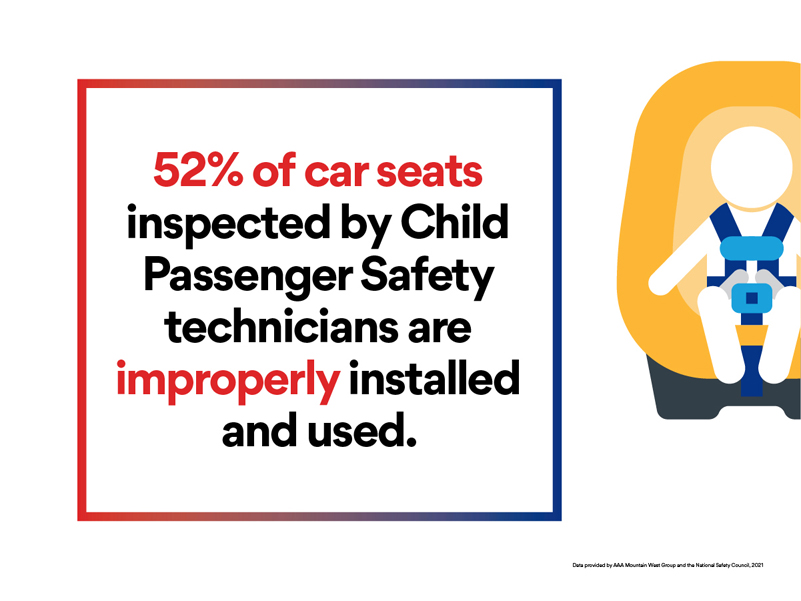Local Vietnam Veterans tour Niagara Falls Air Force Installation

Few would argue that the standards of service to our Nation and to our communities are best represented by the continued contributions from our U.S. Military Veterans. Nowhere is this service ethos more on display than at the Brockport Area Veteran’s Club (BAVC) which houses Legion Post #379.
With the exception of a recently joined 62-year-old retired Navy “Sea-Pup,” the rest of Board of Officers at the BAVC are all Korean War/Vietnam War Era Veterans in their 70s and 80s. They are tough, sharp folks who, on any given day despite their advanced years, can be seen doing the heavy lifting to keep their Veterans Club going at 222 West Avenue, Brockport. You will see them mowing the several acre lot, maintaining a century-old building that houses the BAVC, serving up food and drink for the myriad fundraisers needed just to break even on club costs, or ministering care to their ailing comrades. The dedication of the Officers of the BAVC seems to stem from a core belief that the oath they took when entering the U.S. Armed Forces over a half-century ago incurred a life-long commitment to service.
General Douglas MacArthur once famously said, “Old Soldiers never die, they just fade away.” Sadly, this quote captures the current state of the rapidly vanishing U.S. Veteran population. According to the U.S. Census Bureau, the conflicts of the 20th Century resulted in a Veteran population that peaked in 1980 at about 28 million. Today, that number stands at about 16 million and is still declining. One-third of all U.S. Veterans were lost in the last 20 years alone. In some ways, this reduction of Veterans reflects the technological superiority of the U.S. Military. Technology advancements mean less people are needed to support obsolete military doctrines that called for “D-Day” levels of personnel to accomplish a mission. In turn, the reduced number of service members ultimately leads to less visibility and less representation for our Veterans. For example, in 1973, about 80 percent of the U.S. Congress had served in the armed forces. Today, only about 18 percent of the U.S. Congress has previous military experience.
On July 17, 2024, five Vietnam era Veterans from the BAVC Board of Officers were given a tour of the Niagara Falls Air Reserve Station with the goal of meeting modern day service members and to show how much (and how little) the military has changed in the 50-plus years since they served. At first, it looked like the Vietnam Veterans were going to have to wait until 2025 since all slots for 2024 were filled for the highly popular tour. Upon hearing that Vietnam Veterans were interested in seeing the installation, the 914th Air Refueling Wing (ARW) Public Affairs Superintendent, Senior Master Seargent (SMSgt) Andrew Caya, USAF, immediately accommodated the BAVC Vietnam Veterans by allowing them to join the Amherst Police Youth Academy group slated for the tour on that date.
The BAVC Vets first stop on the tour was a massive KC-135 Stratotanker, a refueling aircraft maintained by the 914th ARW at the base. The KC-135 stands four stories, is half of a football field long, and a had fully loaded weight of 160 tons with 100 tons of that total weight being fuel for in-flight replenishment of military aircraft. Vietnam Vet Dave Miller, a former U.S. Navy Pipefitter stationed aboard an oiler in the late 1960s, was impressed at how efficient the KC-135 aircraft refueling process was as compared to Navy ships. For ships, he noted, the refueling hoses are connected by cables and complicated rigs constantly strained by the wave and ship motion with the potential for equipment damage or personnel injury should those lines or rigs malfunction. On the KC-135, a long refueling boom extends from the aircraft, stabilized by fins that keep the boom very steady while flying over 500 miles-per-hour at 30,000 feet. Mr. Miller was very impressed at how the process made it seem very easy for planes to just fly-up for a “drink.”
The next stop was the base fire station. Veterans make up a significant portion of those who serve in their community Volunteer Fire Departments, and the members of the BAVC were no exception. Paul Drake, an Army Officer who served in Vietnam with the First Cavalry, has 20 years (and still counting) as a Volunteer Fireman, including a tour as Captain of the Brockport Fire Department. Mr. Drake marveled at the “toys” available to the professional firefighters at the base specifically designed for crash and rescue operations of air crew and military aircraft. Mr. Drake pointed out how grateful he is that the professional firefighters at the Air Force Installation (most who have formerly served in the military or are continuing their service in the Reserves) often lend their expertise to help train the volunteer firefighters at fire training centers such as the Rochester Fire Academy.
In viewing the Security Force (formerly known as Military Police) equipment display, Bill Fine, an Army Vietnam Veteran who served in the 101st Airborne, Air Assault Division, was very impressed with the advanced sensor and material technology of the gear used by the Air Force Security Units. Mr. Fine recounted how he would stand night defensive watches attempting to detect enemy movement in the jungles of Vietnam with only his “eyes and ears.” There were no night vision goggles, drones, or even a radio. Mr. Fine also noted, “Thankfully, modern technology allows reconnaissance and surveillance methods that are much safer for the troops.”
An impressive demonstration provided by the 107th Attack Squadron allowed the tour participants to operate the same simulator used to train U.S. Airforce Pilots to fly drones. Wayne Hartmann, an Enlisted Navy Veteran who served as an Aviation Technician for early carrier jets including the FJ4, was knocked over by the technology and training needed to support drone operations. Mr. Hartmann noted, “When I joined the Navy, the enlistment periods were two years because of the draft, which meant that minimal time was spent on training to gain maximum use of the compulsory service.” It is worth noting that, in today’s all-volunteer force, the Science, Technology, Engineering, and Math (STEM) skills needed to operate modern military equipment has resulted in significant improvements to military training and benefits in order to attract the talent needed to operate and maintain that equipment.
Perhaps the most informative portion of the tour by the BAVC vets was observing the presentation given to the high school juniors and seniors that were part of the Amherst Police Youth Academy group.
To Jack Tangen, a Navy SeaBee, Commander of the BAVC, and father of two daughters who served in the Navy, the recent revisions to the military retirement systems were game changing. There are now many retirement and benefit options that simply didn’t exist 50 years ago, including matching contributions from the government of 5% to Thrift Savings Plans, transfer of GI Bill educational benefits to spouses and children, and available continuous health insurance for Reservists and their families.
After hearing all this, Mr. Tangen quipped, “I wish I had waited 60 years until now to join to be able to get these benefits!”
At the end of the day, the BAVC Veterans were most impressed with the professional comportment, courtesy, and exemplary technical skills displayed by the Air Force Service members. This group of BAVC Veterans all too clearly remember 50 years ago being drafted and sent to fight in an unpopular war only to come home to misguided public scorn. At a minimum, they are grateful that today’s support for our military has resulted in the best trained, best equipped, and most capable military in the history of our country and the world.
Provided information and photos





